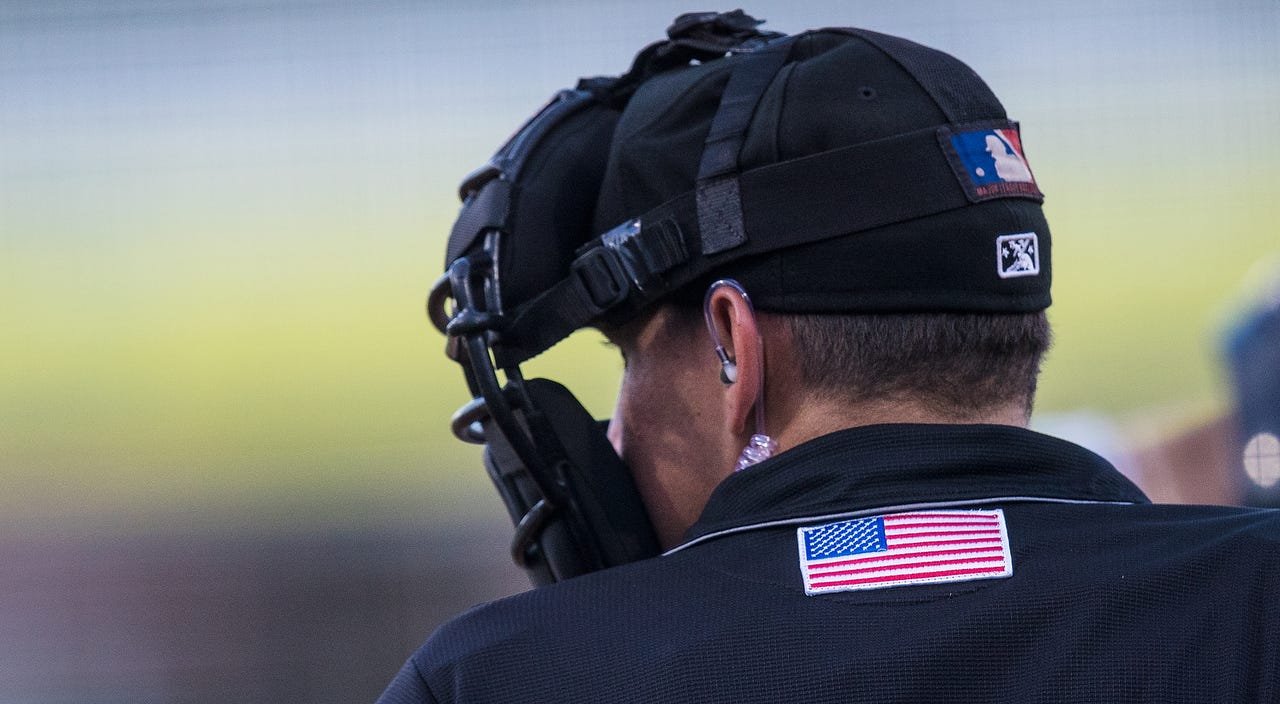“Dominate the strike zone on both sides of the ball.”
It’s the quote that stood out from new Detroit Tigers President of Baseball Operation Scott Harris in his introductory press conference. I was curious though — how good were Detroit’s minor league affiliates at dominating the strike zone?
My initial focus is on Erie and Toledo, because players there are most likely to impact the big-league roster. I began by compiling stats for all of Double-A and Triple-A to establish a baseline for average walk and strikeout rates. I wanted to use players with a decent sample size, so I dropped anyone with fewer than 100 plate appearances.
Plots and data
The first plot shows each player’s BB% and K% on a scatterplot, with lines to show the average rates for their respective level

Next are individual players for every ball club and where they rank. With these particular plots, the more red the better.

There is one more plot I’d like to share, and that’s for the affiliates overall. Similarly, the more red the better.

Initial quick thoughts
Using these plots, it seems Erie really struggled with walks this year and, to a lesser extent, strikeouts. On the flip side, Toledo seemed to be at least league average as a whole. A good start, but let’s take a look at some more plots. With only two players above the league average in BB%, Erie isn’t an ideal situation.
For the team overall stats, I also wanted to include BB/K rates. And, as noted, clearly Erie is struggling. The only team worse than them in Double-A from a BB/K rate is, ironically, is the San Francisco affiliate.
Toledo indeed looks to be in the middle of the pack, with slightly above-average walk rates and slightly below-average strikeout rates. In the near future I want to use these plots to determine who best fits the new team model, and who doesn’t.
I don’t entirely want to bash Erie, though. Players advance. Using the plots above, CLE, LAD, MIL, TOR also experience the same trend of having Triple-A show better results than Double-A. Kerry Carpenter started out in Erie and went on to walk one more time in Toledo (17) than Erie (16) in nearly half the plate appearances. Wenceel Perez has a history of improving his walk rates by 2.5% – 3% when he repeats a level. Assuming he does again next year, he’d be above 11% in Erie before he gets promoted again.
There are certainly other ways to determine the “domination of the strike zone.” However, I believe walks and strikeouts give a good high-level view, and I can’t wait to dig more into this.

